The impact of the US tariff increase on China's Active Wear Vendors and the response strategy
 2025-05-08
2025-05-08

 Sansansun
Sansansun
As the Sino-US trade friction continues to escalate, the US's move to impose tariffs on Chinese products has had a significant impact on China's active wear vendors.
1. The adverse impact of the US's increased tariffs on China's active wear vendors
Decrease in order volume and decline in market share: After the US imposed tariffs, the price of Chinese active wear products in the US market rose, and their competitiveness was weakened. To reduce costs, many US buyers reduced the number of orders from Chinese suppliers and turned to suppliers in other countries. For example, multinational companies such as Nike and Adidas have continued to transfer footwear and clothing OEM orders to Vietnam, Indonesia, and other places in recent years, resulting in a sharp drop in export orders for Chinese active wear vendors and a continuous decline in market share.
Increased costs and compressed profit margins: The increase in tariffs directly leads to an increase in the export costs of China's active wear vendors. In addition to the tariffs themselves, other related costs such as transportation costs and warehousing costs also increase. At the same time, to maintain a cooperative relationship with customers, suppliers may need to bear part of the tariff costs, which makes the originally low-profit mid- and low-end products almost unprofitable, and the profit margins of enterprises are severely squeezed.
Pressure of supply chain reconstruction: The increase in US tariffs has prompted international brands to implement the "China+1" strategy and transfer production capacity to countries with lower tariffs. This has put China's active wear industry under pressure to restructure its supply chain, and many companies have to readjust their supply chain layout to reduce production costs and tariff risks.
Cross-border e-commerce channels are blocked: The United States has canceled the tax-free treatment for export packages from mainland China and Hong Kong, and stipulated that low-value parcels sent to the United States will be subject to a 30% tariff or a tariff of at least US$25 per piece. This measure blocked the channel for tax evasion by mailing small-value goods in the past, making it even worse for small and medium-sized active wear vendors who rely on cross-border e-commerce to receive orders, and their cross-border e-commerce channels have been severely affected. Order volume and sales have been severely affected.
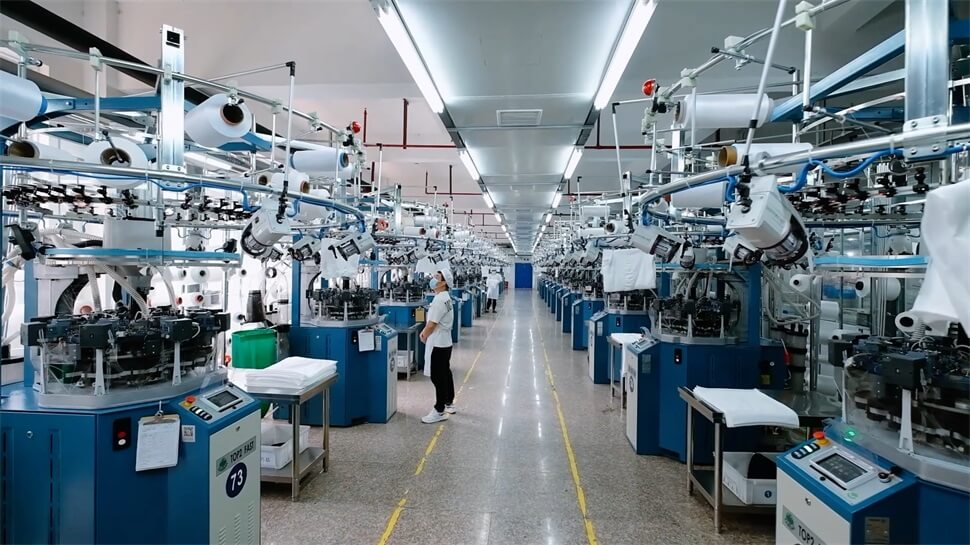
2. The favorable impact of the increase in US tariffs on Chinese active wear vendors
Promote industrial upgrading and innovation: To cope with the challenges brought about by the increase in tariffs, Chinese active wear vendors are forced to increase R&D investment, improve the added value and quality of products, and develop products with higher technological content and differentiation. For example, some companies have begun to develop new fabrics with multiple functions, such as antibacterial, warm, and breathable, and produce more competitive active wear products, thereby promoting the entire industry to develop in the direction of high-end, intelligent, and green.
Accelerate the diversified market layout: Changes in the US tariff policy have prompted Chinese active wear vendors to actively explore other overseas markets and reduce their dependence on the US single market. The growing demand for active wear in emerging markets such as Asia, Latin America, and the Middle East has become a new direction for Chinese companies to export. At the same time, through trade cooperation with other countries and regions, Chinese companies can also further expand their global market share and enhance the international influence of their brands.
3. Response strategies of Chinese active wear vendors
Optimize supply chain management: Enterprises can jointly cope with the cost pressure brought by increased tariffs by establishing closer cooperative relationships with suppliers. For example, negotiate with raw material suppliers to reduce procurement costs, optimize production processes, improve production efficiency, and reduce inventory backlogs. In addition, it is also possible to consider establishing production bases overseas or cooperating with local companies to localize the production process, thereby circumventing tariff barriers.
Strengthen brand building and marketing: Increase brand promotion efforts, enhance brand awareness and reputation, and enhance brand competitiveness in the international market. Through brand building, enterprises can increase the added value and bargaining power of products and better cope with the challenges brought by increased tariffs. At the same time, actively carry out marketing activities, understand the demand characteristics and consumption trends of different markets, develop and promote products in a targeted manner, and open up diversified sales channels.
Expand emerging markets: Increase efforts to explore emerging markets and reduce dependence on the US market. For example, strengthen trade cooperation with countries and regions along the "Belt and Road" and expand emerging markets such as Europe, Asia, and South America. In addition, enterprises can also showcase their product advantages and brand image by participating in international exhibitions and holding online and offline product launches to attract more international customers.
Increase product added value: Increase R&D investment to develop high-tech and high-value-added active wear products, such as smart sportswear and environmentally friendly sports equipment. By improving the technical content and quality of products, enterprises can get rid of pure price competition and improve the profitability and market competitiveness of products.
The increase in US tariffs has brought both challenges and opportunities to Chinese active wear vendors. Faced with a complex trade environment, Chinese companies need to actively respond by optimizing supply chain management, strengthening brand building, expanding emerging markets, and increasing product added value to improve their competitiveness and achieve sustainable development.

 Inquire(
Inquire(
 HOME
HOME How sustainable fitness clothing became a top trend?
How sustainable fitness clothing became a top trend?  You May Also Like
You May Also Like
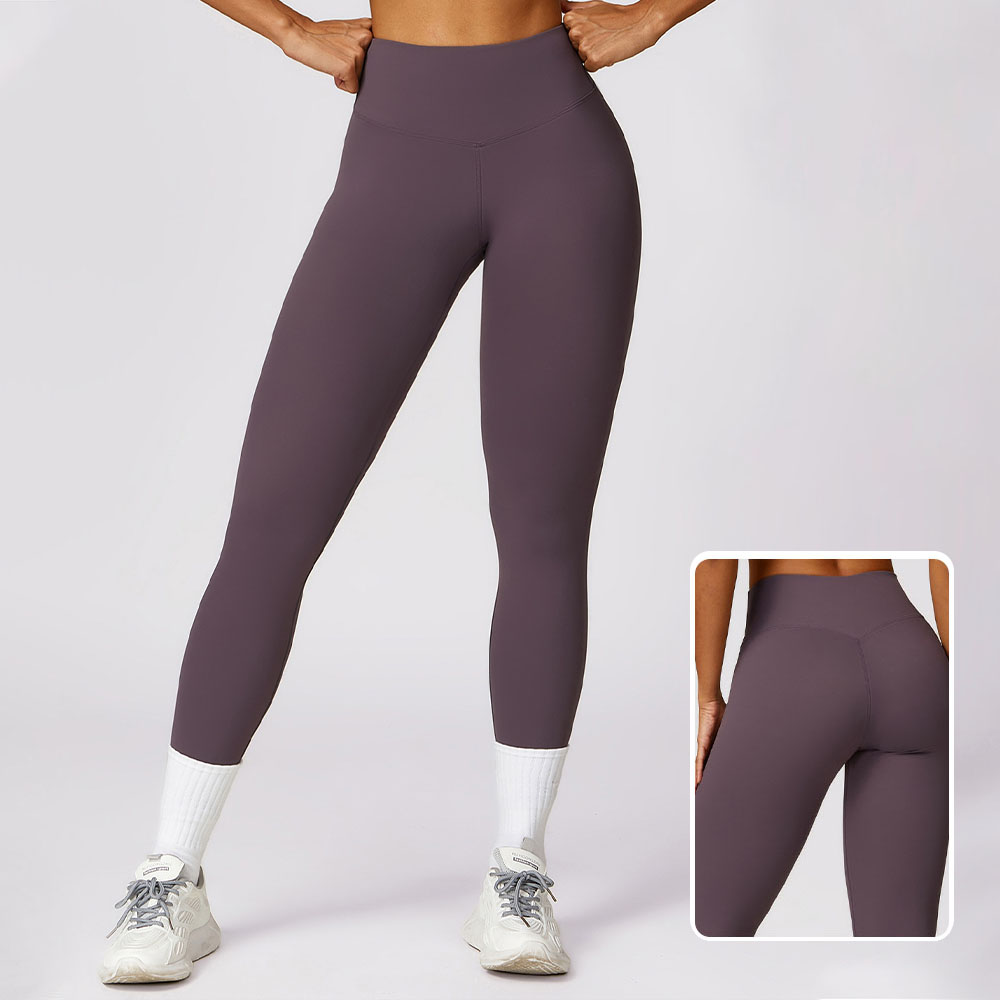

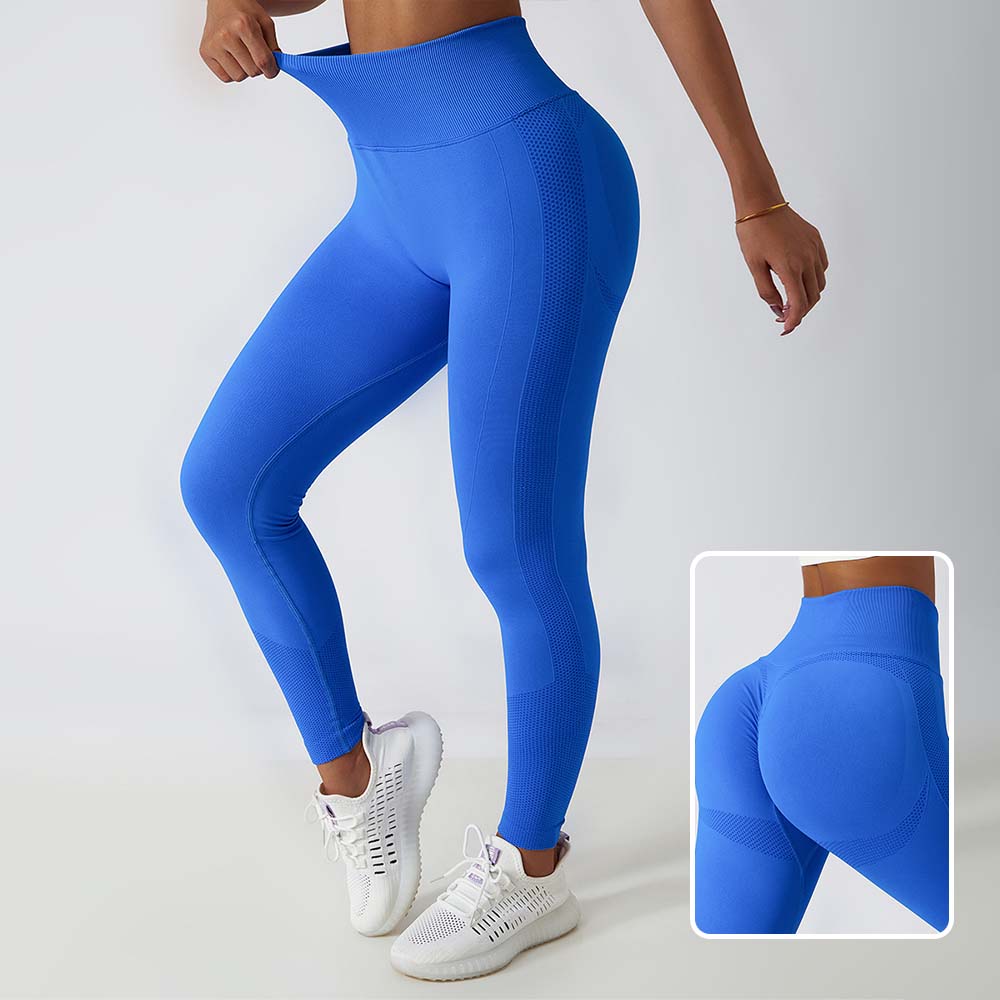



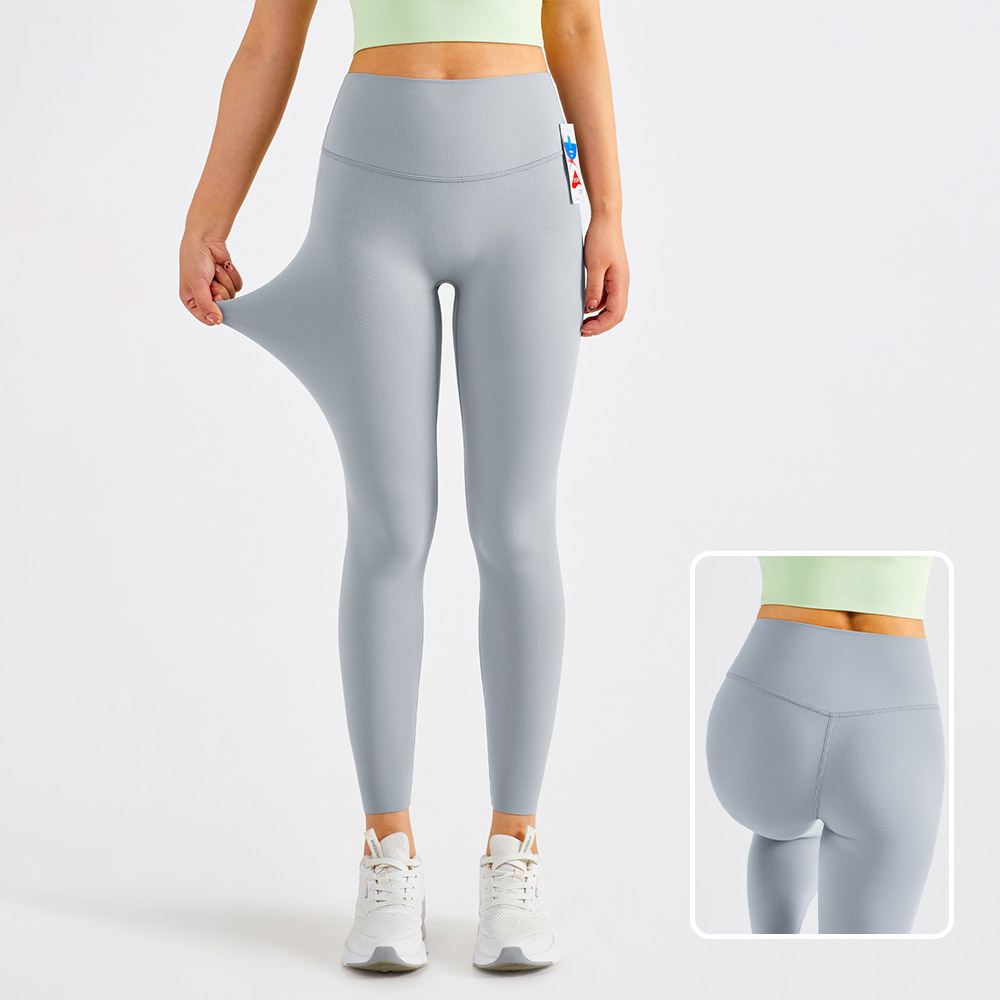
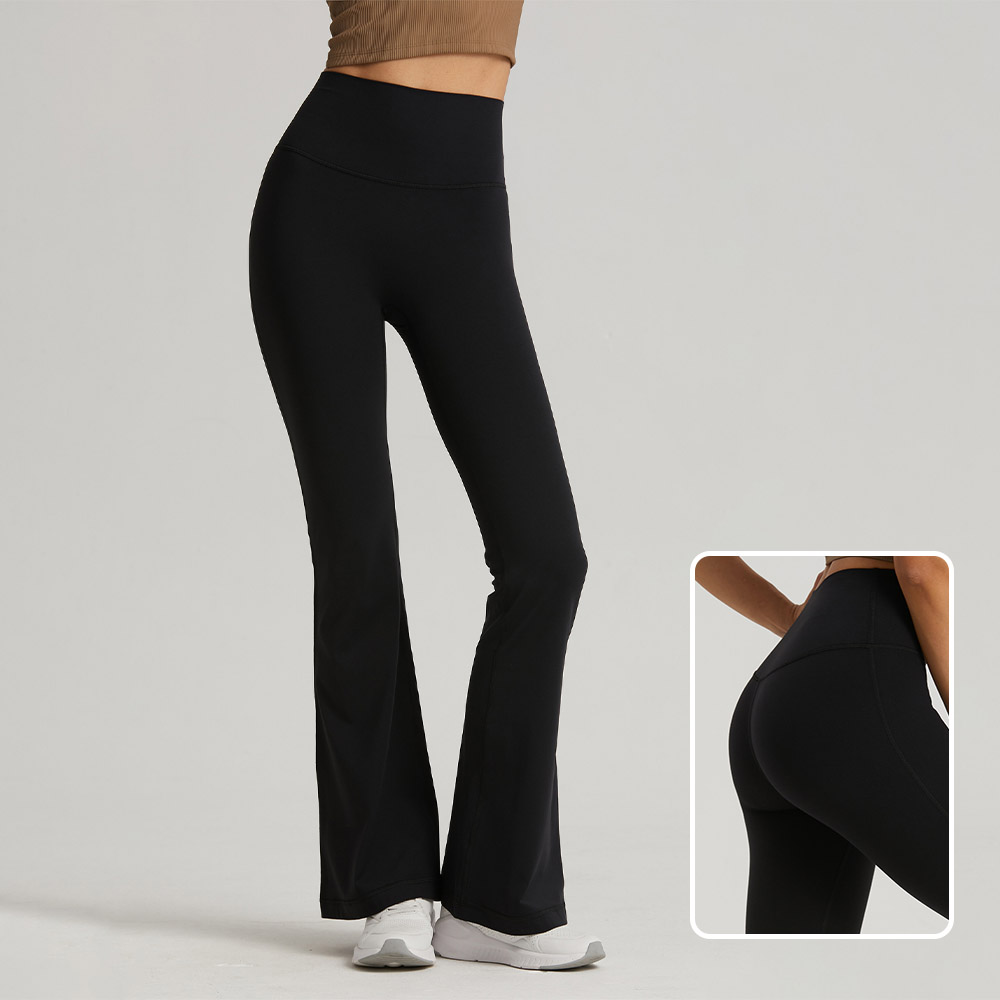

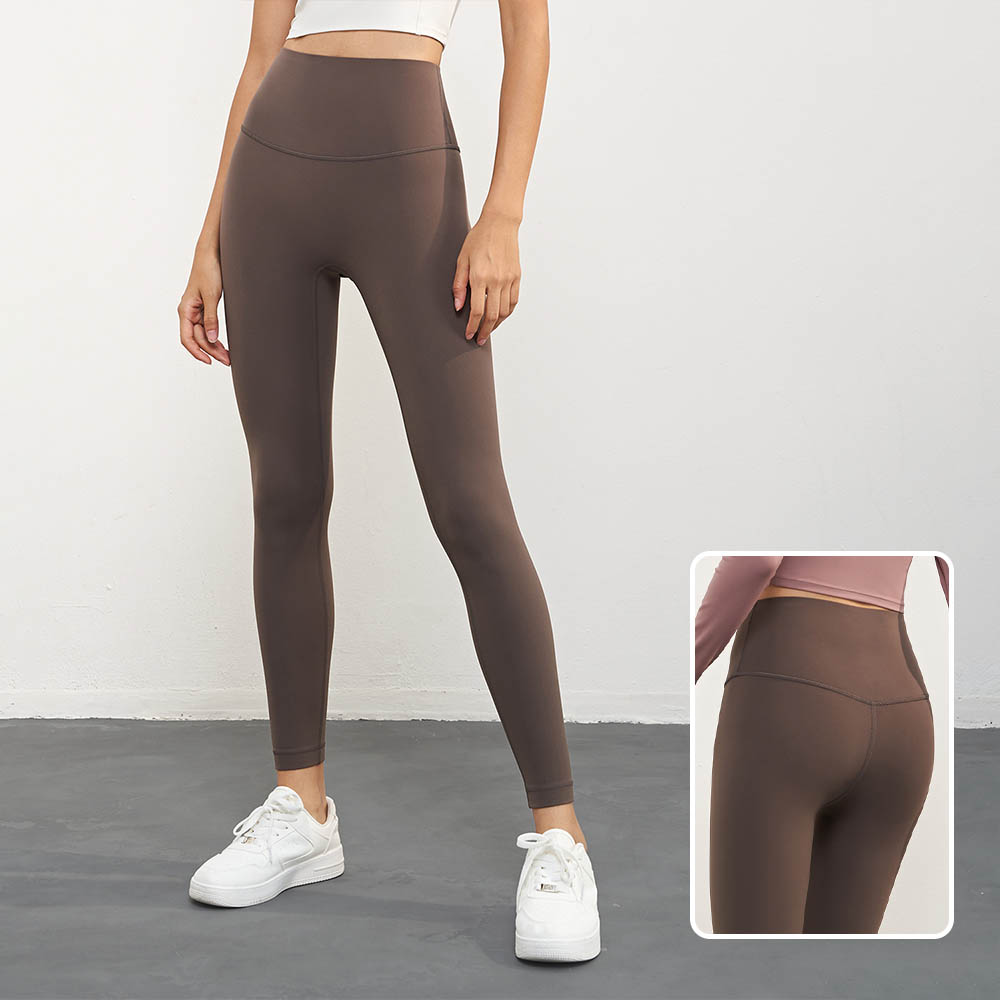
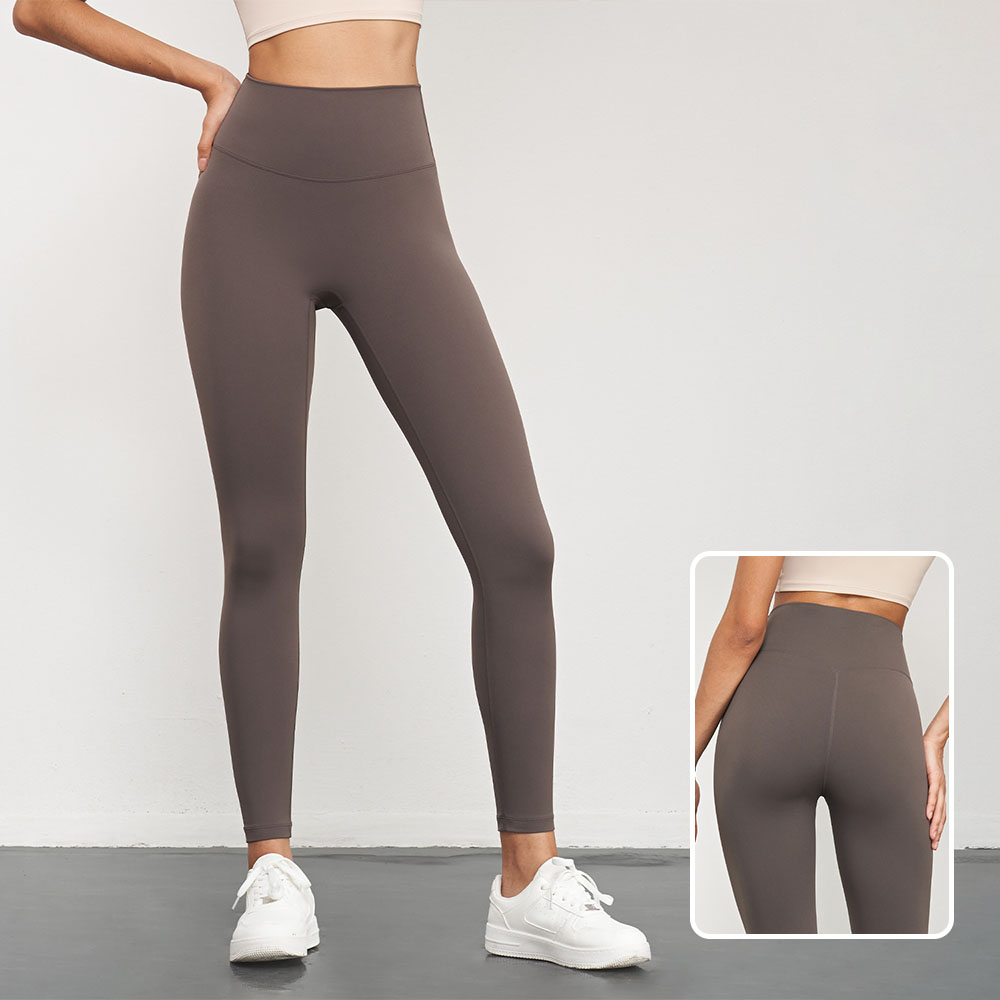
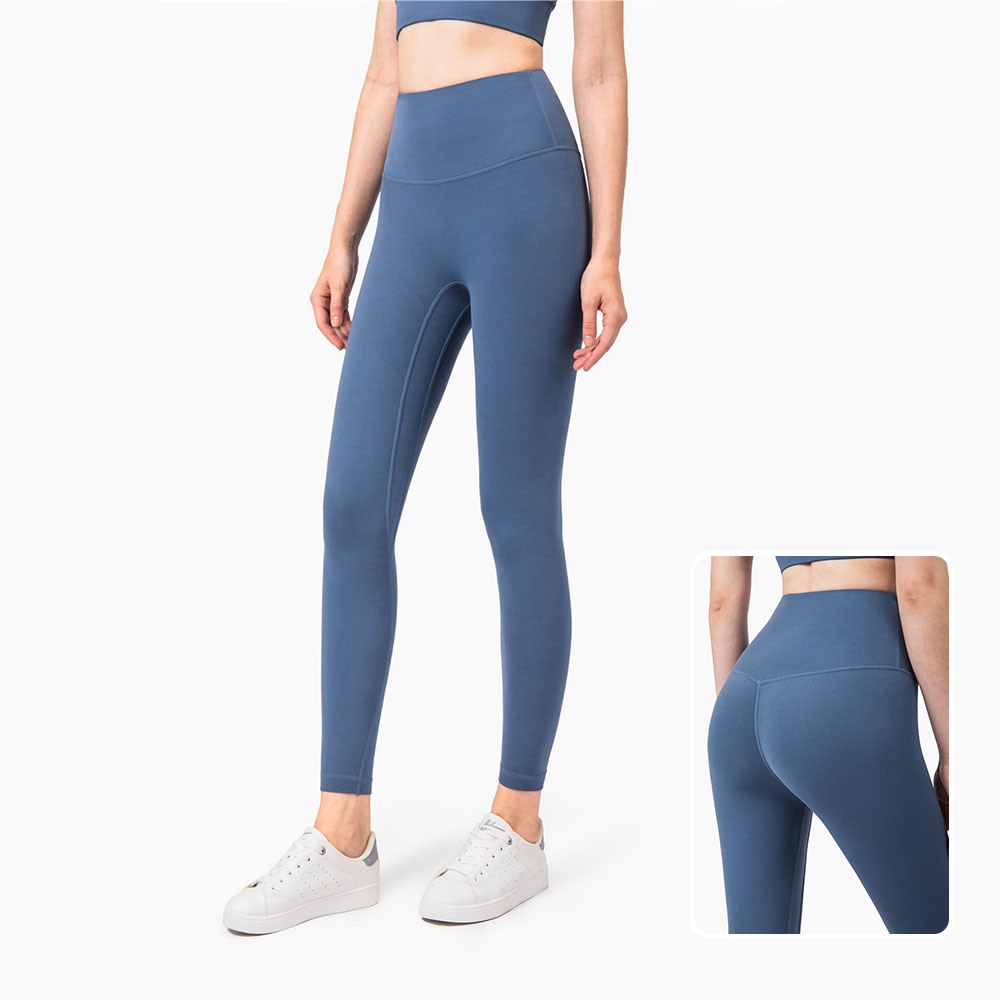
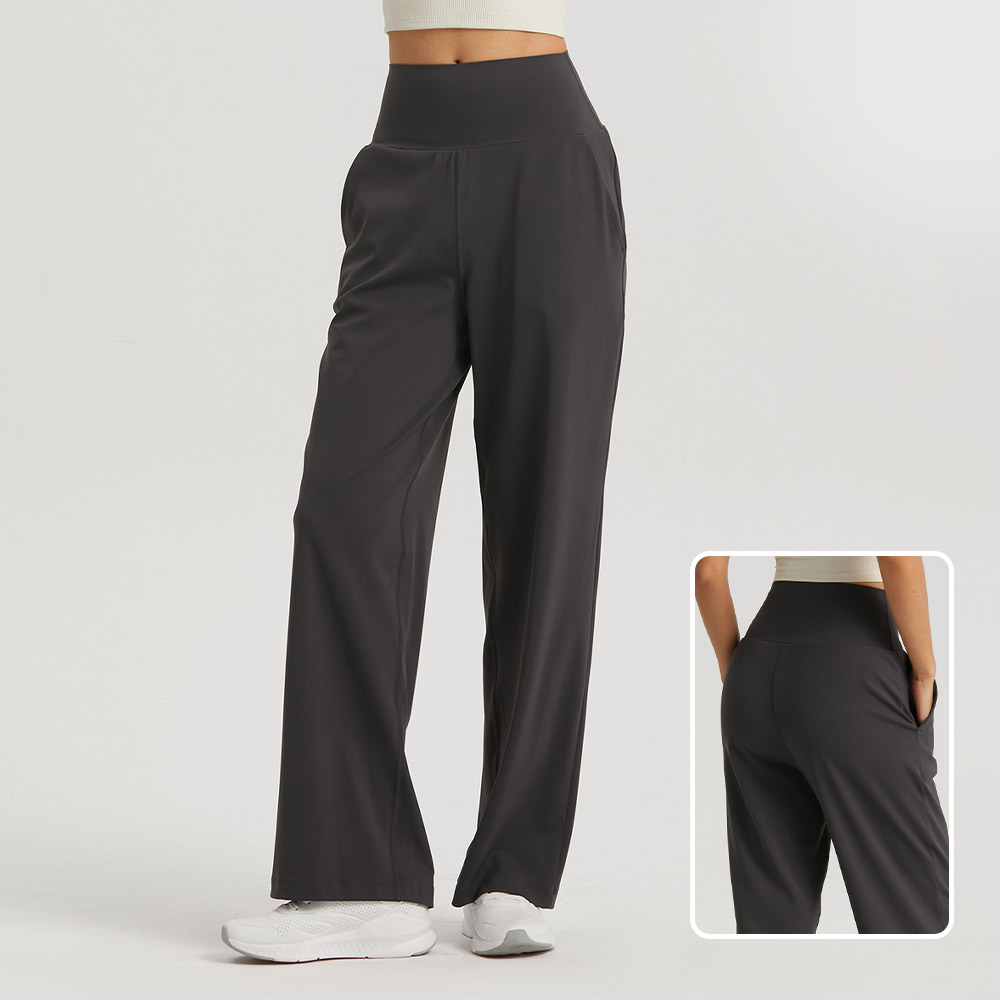

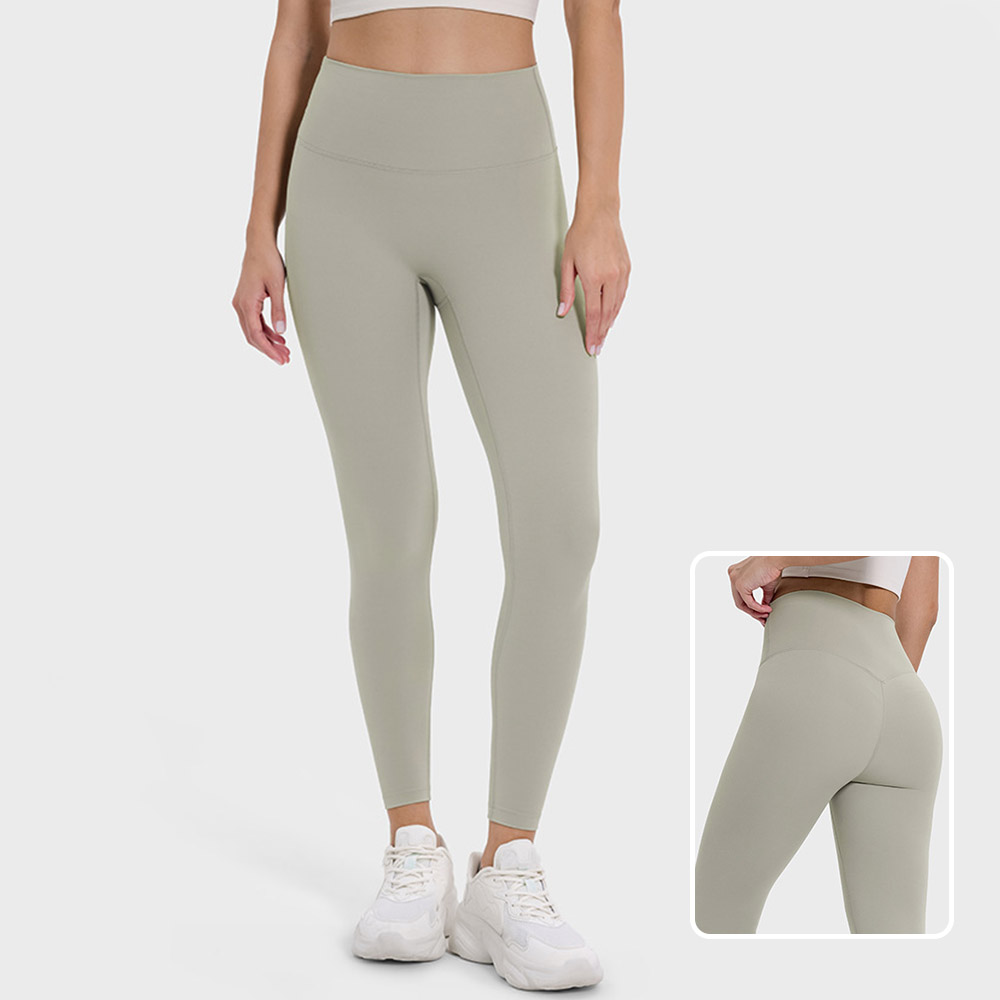
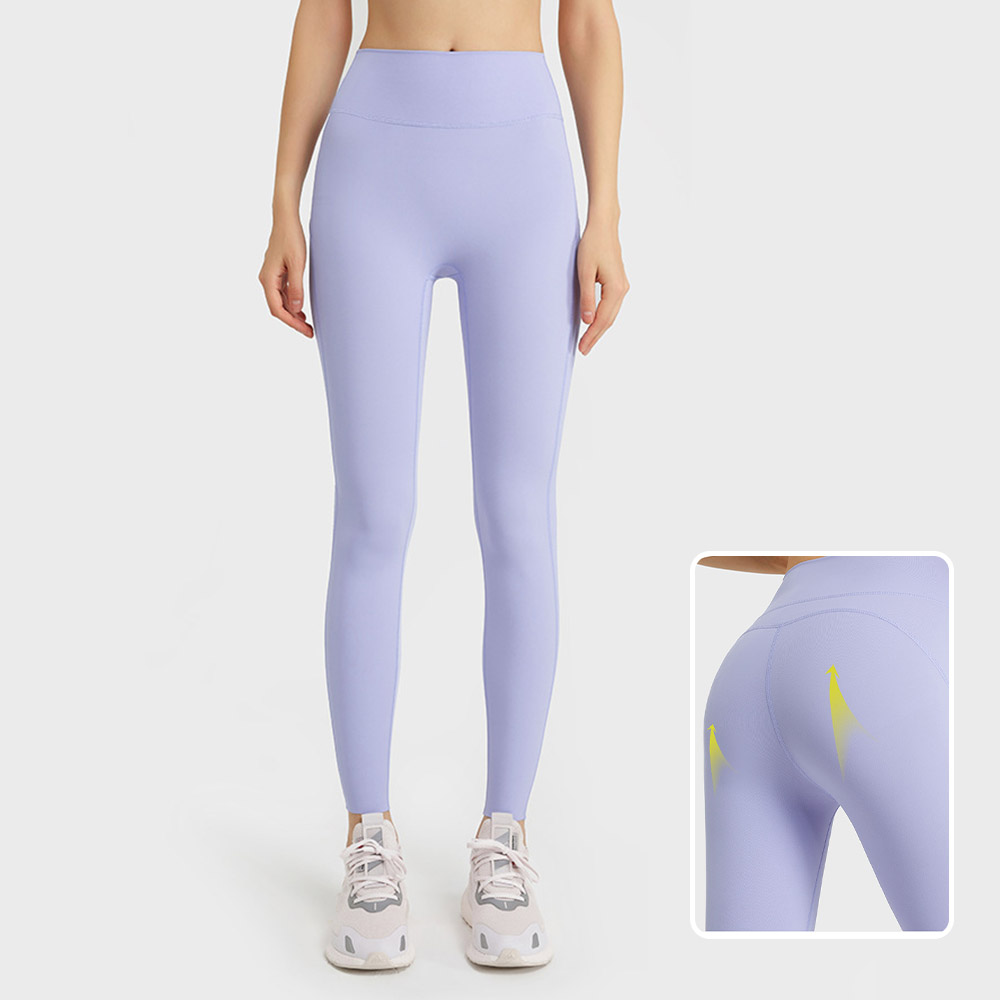


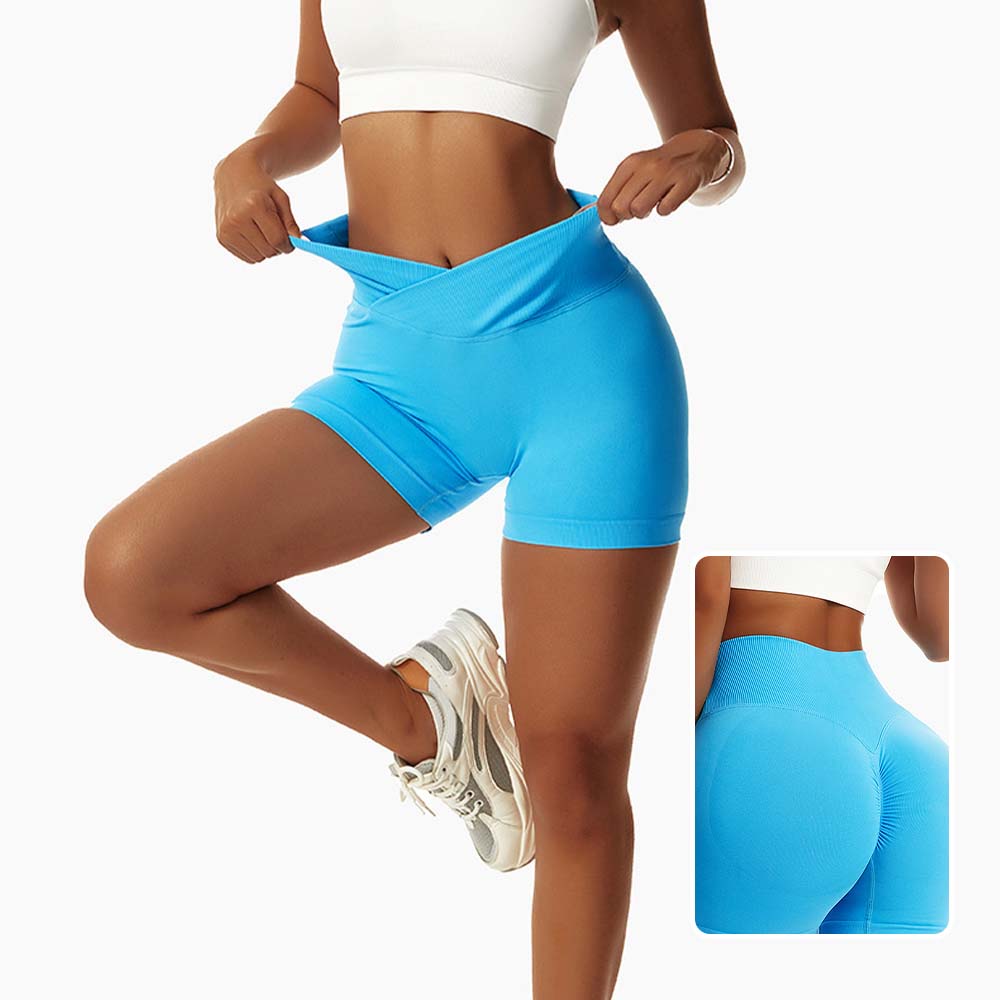



 Tel
Tel
 WhatsApp
WhatsApp
 Email
Email
 Address
Address






